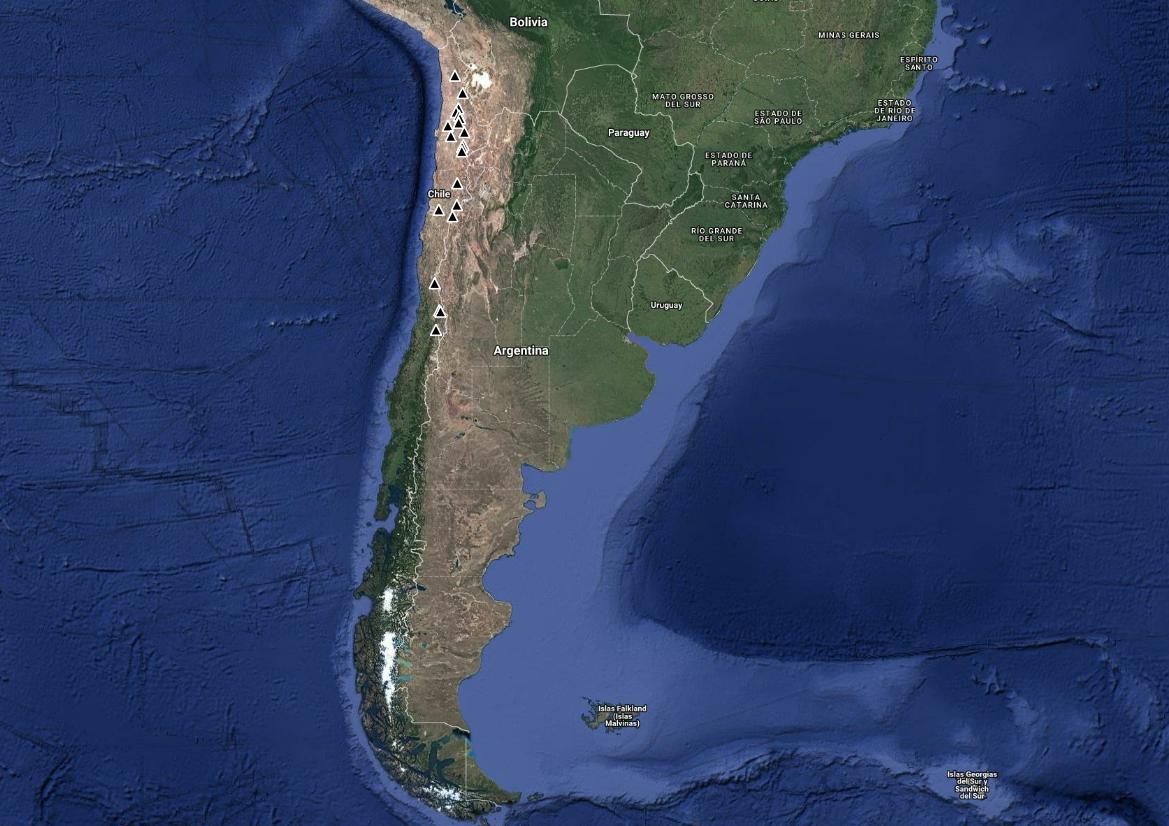Chile has a mature and developed mining industry that has played an important role in the development of the country for over a century and has been at the heart of the national economy for decades. Currently, mining contributes approximately 11% to the national GDP and 54% to national exports. But the mining industry is coming under pressure to reduce water extraction and manage this precious resource in a more strategic manner.

Copper is the principal target mineral and for the past decade, Chile has produced about one third of the World’s copper supplies. The industry is focussed in the central and far north of the country, with the largest operations in Antofagasta, in the centre of the Atacama Desert. The region is characterised by its extreme aridity and is considered the driest non-Antarctic desert in the world, with typical mean annual rainfall values of about 4 mm. Communities and industry in the region all rely upon the scarce water sources for their survival, and this competition has led to degradation of natural environments and conflict between the different sectors. Increased water demand and longer and more intense droughts attributed to climate change are further exacerbating these conditions. Society and government are now looking to the mining industry to lessen its impact and develop new solutions to tackle this growing challenge.
In the CSIRO 2014 study of Chilean attitudes towards mining, it was reported that mining was perceived by the majority of those surveyed as a “necessary economic pillar for Chile” (Moffat et al., 2014). Nevertheless, research by Rivera et al. 2016 has demonstrated a substantial increase in water related conflict in Chile over the past several decades and particularly in the region of Antofagasta. Many of these conflicts relate to the change in water rights ownership which in many cases has shifted from agriculture to mining, alongside a ban on groundwater rights in many northern catchments (Rivera et al., 2016). Aside from the importance of ensuring a harmonious relationship with its neighbours with respect to the use of water resources, many mining operations are also at direct risk of overexploitation of their water resources as demand outstrips availability. Water deficits during droughts have already impacted the productivity of several mine operations and such incidents are expected to become more common.

The industry has increased its efficiency of water use in the past several years through awareness and greater on-site recovery. But opportunities still exist to recover greater amounts of water through application of technologies to filter out the water that is entrained within the mine waste stream. Other strategies can be implemented to reduce on-site water usage through replacing water for dust suppression with the use of salts and covering water tanks and reservoirs. Research has indicated that combining various solutions could potentially reduce the water consumption of a site with limited existing water recovery by as much as 74% (Aitken et al. 2016).
The use of seawater as the principal water source is also becoming more common in the industry. Since 2013, a bill to obligate the use of seawater for those operations with a demand higher than 150 L/s has been debated in the Chamber of Deputies. There has been some uptake of the use of seawater in the industry to ensure consistent water supplies but the high cost of treatment and supply to operations at high elevation has been a disincentive for a more widespread uptake. Integrated solutions that combine lower demands, shared infrastructure and the use of low-cost renewable energy technologies to power the systems may provide scenarios in which the use of desalinated seawater can become a reality for the majority of Chilean mining operations.
This piece is an overview of Socio-environmental issues related to mineral exploitation in the Andes co-written by UQ’s Douglas Aitken and Neil McIntyre, alongside Alex Godoy-Faundez, Oscar Jaime Restrepo-Baena, Diego Rivera, for the book Andean Hydrology
 About UQ’s Sustainable Mineral Institute Centre of Excellence in Chile
About UQ’s Sustainable Mineral Institute Centre of Excellence in Chile
The Centre is focussed on working with academic and industry partners to develop tangible and sustainable solutions that address the needs of the mining industry and Chilean society. Water management is a key priority, and the Centre is currently undertaking several core projects to fundamentally change how water management is addressed. By applying new technologies and solutions alongside a shift in the mindset of the mining industry, it’s hoped the sector can emerge as a responsible and sustainable industry leader.

